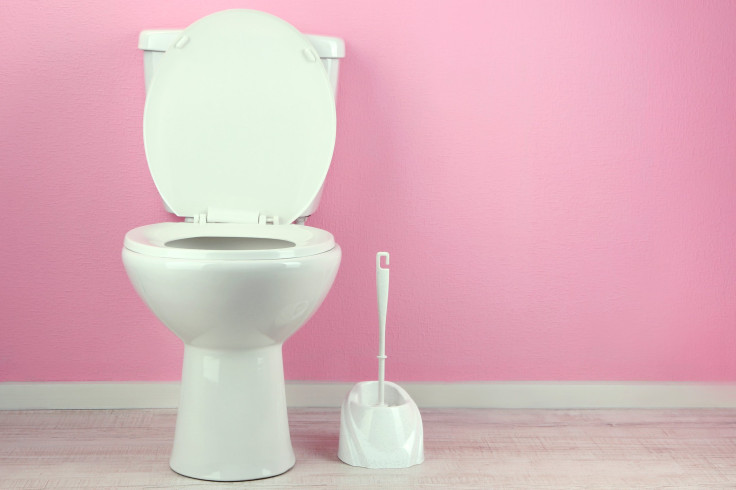Along With Even Bigger Houses, Americans Are Putting Record Numbers Of Toilets In Their Homes

A new Census Bureau report reveals that Americans are building houses that are bigger than ever before — with a record 44 percent of new homes containing four or more bedrooms. In addition to bigger houses, Americans are installing more toilets in their homes; in some cases, there are more toilets than inhabitants.
According to the data, a third of all houses built last year had at least three toilets, even though the mean U.S. household has somewhere between two or three people living in it. “They know what they want, and they can afford it right now,” John Johnson, chief executive of builder David Weekley Homes, told The Wall Street Journal. “So they’re tricking out their houses. They’re putting all kinds of upgrades in — the nice cabinets, the spa-type tubs in the master bathroom.”
More Toilets, More Problems?
Hopefully an increase in toilets in American homes isn’t going to cause extra problems for sewage, which has already seen clogged sewer problems rise in the past four years, according to the National Association of Clean Water Agencies. However, this may have more to do with flushing faux pas than toilets themselves: People who toss flushable moist toilettes — or other items like paper towels, feminine products, or baby wipes — into their toilets are most likely contributing to sewer system problems. So though there may be bigger and more toilets in this world, don’t get too careless with what you’re throwing in there.
But an increase in toilets might be associated with a bigger problem. Even if they're fancy ones that have heated seats, more toilets in your home isn’t necessarily a good thing in the big scheme of things. In fact, sanitation experts have been trying to figure out a way to phase out toilets for years because, quite frankly, they can be wasteful in terms of water. “[T]he flushing loo — that human innovation that lifted the industrialized world out of its own dirt, cholera and dysentery — is quickly becoming one of the more egregrious instruments of waste in this time of acutely finite resources,” Don Duncan of TIME writes.
The EPA also states that toilets account for up to 30 percent of indoor water consumption in U.S. households — especially older ones. Indeed, the flush can be a wasteful action — a toilet can use up to 22 liters of drinking water every day, with every flush containing about three to six liters. It “unnecessarily increases the volume of our waste and the cost of its transportation and treatment,” Duncan writes.
More toilets means more maintenance; according to the U.S. Environmental Protection Agency (EPA), leaking problems are likely to occur in faucets, showerheads, and of course, toilets. And toilet leaks can cause up to 1.25 trillion gallons of water loss per year, a number equivalent to the amount of water used in L.A., Chicago, and Miami combined.
“The world can’t sustain this toilet,” Jack Sim, founder of the World Toilet Organization, told TIME. “This ‘flush and forget’ attitude creates a new problem which we have to revisit.”



























